
Credit: Sabena Jane Blackbird / Alamy Stock Photo
Where to find oyster mushrooms
The oyster mushroom is common in UK woods. It can be found on hardwood trees, particularly deciduous trees, such as beech.
Carnivorous and oyster-like in appearance, these large, fleshy mushrooms are common throughout the UK's woodlands. They have a signature fan-shaped cap and are edible with a slight odour similar to aniseed.
Common name: oyster mushroom
Scientific name: Pleurotus ostreatus
Family: Pleurotaceae
Fruiting season: year-round
Habitat: broadleaf woodland
A large, edible fungus with a distinctive fan or oyster-shaped cap. Unlike some other species of foraged mushrooms, such as morel and chanterelle, oyster mushrooms are cultivated on a commercial basis
Cap: fan or oyster-shaped and broad. Can be from 5–25cm in length. The colour is often white or grey but sometimes tan-coloured in places. It may be lobed or wavy.
Gills: white or cream in colour. Vary in thickness depending on the age of the fungus.
Stipe (stalk): this can be missing from specimens but is often off-centre and is short and thick.
Spores: white or grey.

Credit: Sabena Jane Blackbird / Alamy Stock Photo
The oyster mushroom is common in UK woods. It can be found on hardwood trees, particularly deciduous trees, such as beech.
Oyster mushrooms are used in many different recipes and are available in a range of supermarkets. They are particularly popular in Asia for their subtle nutty flavour, and are even said to taste like oysters as well as resembling them. A study has shown that consumption of oyster mushroom extracts can lower cholesterol levels.
The oyster mushroom is one of the few known carnivorous mushrooms. They can kill nematodes (species of small worms).
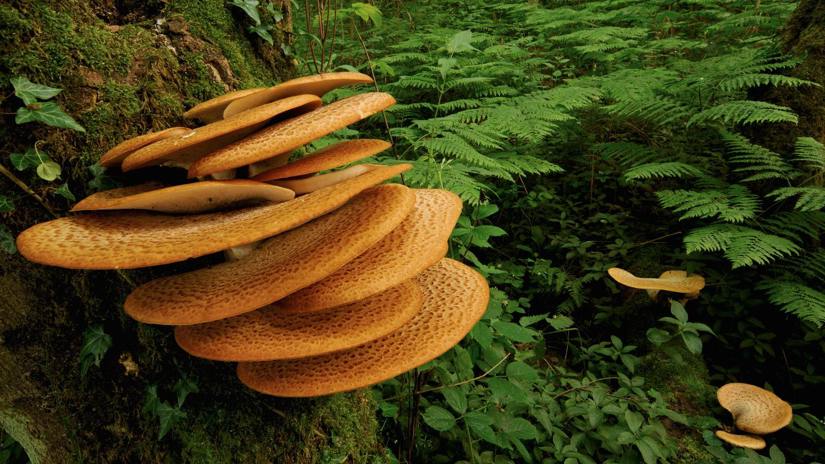
Amy Lewis • 21 Oct 2021
Bracket fungi, also known as shelf or polypore fungi, grow on both dead and living trees. Here we list some of the UK's more common and easily distinguished types to get to grips with.
Identify bracket fungi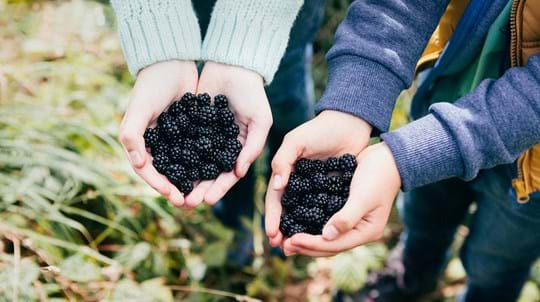
Visiting woods
Gather wild food without harming woods or wildlife. Follow our guidelines.
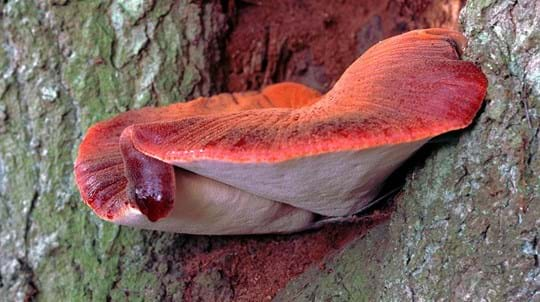
Blog
Helen Keating • 29 Oct 2018
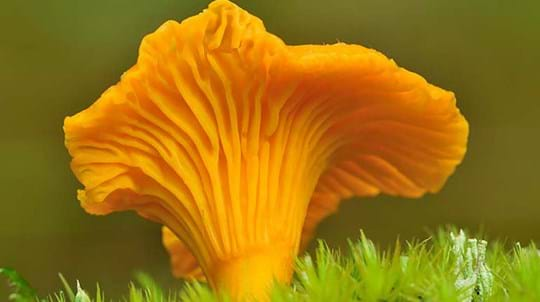
Trees woods and wildlife
A dazzling array of shapes, sizes and colours. Find out about fungi and lichens, from ancient taboos to magic and medicine.
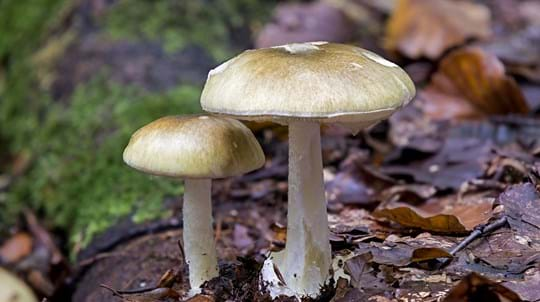
Blog
Helen Keating • 27 Oct 2022
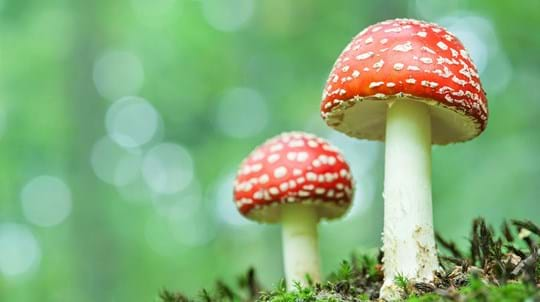
Blog
Helen Keating • 31 Aug 2017
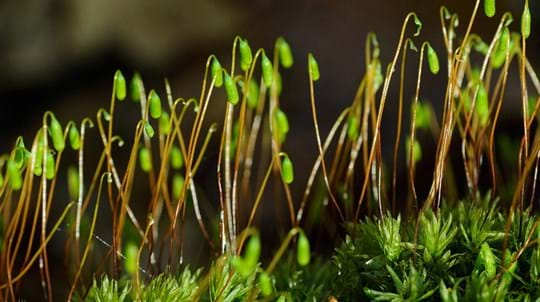
Trees woods and wildlife
Ancient and damp, mosses are part of a group of plants known as bryophytes. There are over 1,000 in the UK, and some have global significance.
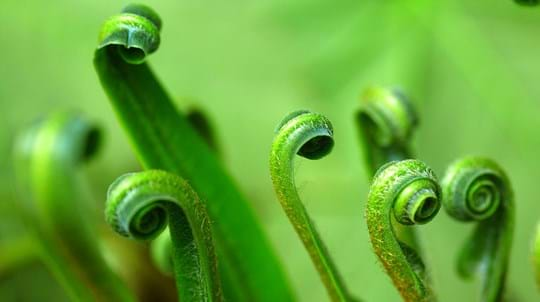
Trees woods and wildlife
Lush, ancient and primitive. Find out more about the UK's shade-tolerant woodland ferns.
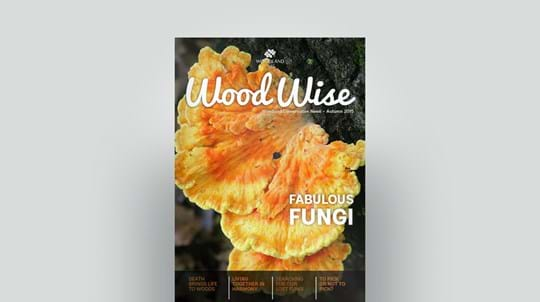
Journal
PDF (1.58 MB)
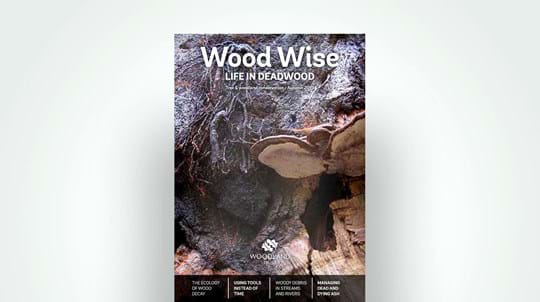
Journal
PDF (4.01 MB)